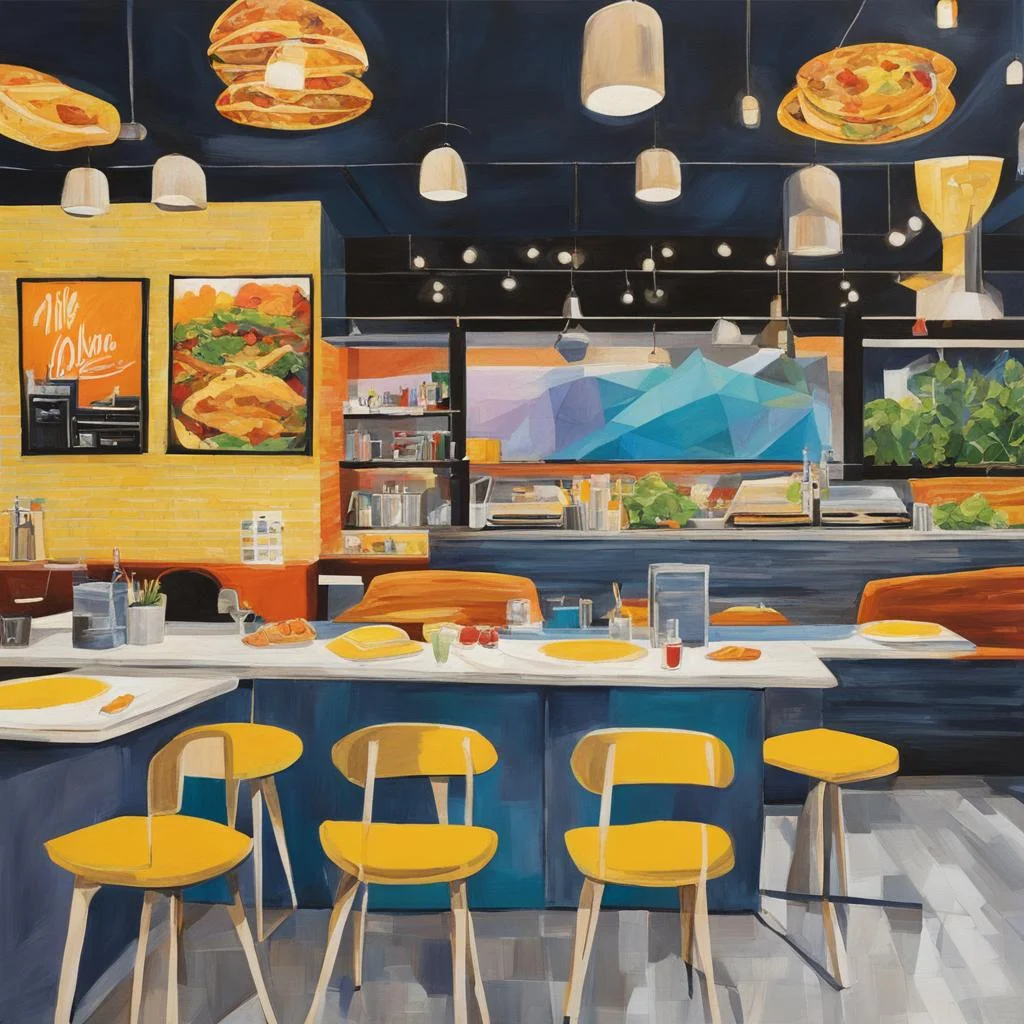TLDR
Do you remember when you first started paying for your latte with your phone at Starbucks? It was a total game changer. Just a few taps on the screen and you had paid without fishing in your wallet for cash or swiping your card. Starbucks was on the cutting edge of payment technology thanks to its partnership with Square, the mobile payments company. Back in 2012, Starbucks invested $25 million in Square in exchange for implementing Square’s digital wallet technology in its stores. This move revolutionized the way we pay for coffee and shaped the future of mobile payments. It’s hard to imagine now paying any other way. But at the time, it was a risky venture for Starbucks to bet on the little payments startup. Turns out it was a risk that paid off big time. Here’s the story of how the unlikely partnership between Starbucks and Square changed everything.
In 2012 Starbucks Invests $25 Million in Square and Changes the Game
At the time, Square was still relatively new but gaining major traction with small businesses. Meanwhile, Starbucks wanted to streamline payments and tap into Square’s innovative tech. By investing in Square, Starbucks gained access to their payment systems and essentially helped kickstart Square’s growth. In return, Square became the exclusive processor for all Starbucks card and mobile payments.
This was huge. Almost overnight, Square went from a startup to handling payments for one of the world’s most popular coffee chains. And Starbucks? They transformed into an unlikely but instrumental investor and champion of small business innovation.
The ripple effects were massive. Square’s valuation skyrocketed to $3.25 billion, paving the way for an IPO two years later. The Starbucks partnership gave Square unmatched credibility and exposure, allowing them to attract countless other retail clients.
For Starbucks, the deal demonstrated their vision. They saw the promise in supporting up-and-coming tech companies, and they gained a cutting-edge mobile payments solution that enhanced the customer experience. By the following year, over 3 million customers were using Square Wallet to pay at Starbucks.
This pioneering partnership didn’t just change how we pay for coffee—it reshaped an entire industry. Today, mobile payments and partnerships between big corporations and startups seem ubiquitous. But back in 2012, Starbucks and Square were the innovators leading the way into a cashless future and a new era of strategic alliances. Their gamble gave rise to so many technologies we now take for granted. Not bad for a $25 million investment, huh?
How the Partnership Revolutionized the Coffee Shop Experience
When Starbucks announced its partnership with Square in 2012 to handle all debit and credit card transactions, it shaped the future of coffee shops everywhere.
For small business owners, the Square-Starbucks deal was a game changer. Suddenly, the little white Square readers became commonplace as people tapped and paid on their way out the door. Shop owners had access to powerful data and insights into their customers and sales. The partnership put Square on the map, revolutionizing how we buy and sell.
Over time, paying with your phone became normal everywhere from coffee shops to clothing stores. Competitors scrambled to catch up, rolling out their own payment apps and readers. But none quite matched the Starbucks-Square partnership that started it all.
That little white reader and a tap of your card was truly revolutionary. It shaped the future of payments, transformed the overall coffee shop experience, and gave small businesses powerful tools once only available to huge corporations. All thanks to a partnership that was years ahead of its time.
The End of an Era: Why Square discontinued the partnership in 2015
By 2015, Square and Starbucks decided to end their partnership. After 3 years of working together, the deal ultimately ended up costing Square a lot of money. Although the partnership helped propel Square into mainstream success, the costs to process all of Starbucks’ payments outweighed the benefits.
The Cost of Scaling
When Square first started processing payments for Starbucks, the company wasn’t ready for the huge volume of transactions. Square had to spend a ton of money building out their infrastructure and customer support systems to handle all the new business from Starbucks. Those costs ended up being much more than Square earned from the deal.
While the Starbucks partnership was instrumental in making Square a household name, the costs to maintain the relationship at a large scale just didn’t make financial sense anymore. As a result, Square and Starbucks officially parted ways in late 2015. However, the 3-year partnership still left a lasting impact on Square.
Lasting Impact
Even though the partnership ended, Square came away with invaluable experience. The huge influx of customers from Starbucks forced Square to strengthen key parts of their business, like customer service, risk management, and transaction processing. Square also used what they learned to improve their software and hardware for business owners.
The Starbucks deal guided Square’s product roadmap and helped shape the company’s strategy for years to come. Although the partnership didn’t last forever, it played an important role in transforming Square into a mainstream payment processor and paved the way for future success. The end of an era marked the beginning of a new chapter for Square.
Where Are They Now? Square Dominates as the Leading Coffee Shop POS
These days, Square dominates as the leading point-of-sale (POS) system for coffee shops and small businesses.
Square’s popularity skyrocketed after partnering with Starbucks in 2012 to process all credit and debit card payments. This partnership introduced Square’s innovative card readers to Starbucks’ huge customer base and allowed anyone to pay with credit cards using their mobile devices.
A Win-Win Scenario
The Starbucks partnership was a win-win. Square gained mainstream popularity and legitimacy, while Starbucks profited from the cutting-edge payment technology without investing in their own system. The familiarity and convenience of the Square-Starbucks partnership led many other coffee shops and retailers to adopt Square as their preferred POS and payment processor.
Continued Domination
Today, Square is used by a wide range of retailers, especially coffee shops and quick-service restaurants. Square remains the leader in the market, dominating every other POS system with its impressive market share. Square’s affordable, user-friendly tools like Square Point of Sale, Square for Restaurants, and Square Online Store make it accessible for small businesses. Meanwhile, larger companies benefit from Square’s robust features and integrations.
The Future Looks Bright
Square and Starbucks ended their partnership in 2015, but the impact of their collaboration lives on. Square is now a publicly traded company and continues to dominate the booming POS systems market. While competitors have emerged, Square’s innovative tools, strong brand, and first-mover advantage have allowed it to maintain its status as the leading coffee shop POS. The future looks bright for Square and all the small businesses it serves.
Per Diem Builds a Starbucks App as a Service for Square Sellers
Per Diem saw an opportunity in the thriving partnership between Starbucks and Square. In 2012, Starbucks chose Square as their payment processor, allowing customers to pay using Square’s card readers and pay with their mobile phones. This forward-thinking move reshaped how coffee shops operate.
Per Diem builds custom apps for small businesses using Square so they can provide the same high-tech experience as massive companies like Starbucks. An app gives customers a convenient way to order ahead, pay, earn rewards and stay up to date with promotions. For sellers, it means keeping customers engaged and coming back.
A Turnkey Solution
Rather than requiring businesses to develop their own app from scratch, Per Diem offers an easy, affordable alternative. They handle the entire process of building a custom app for any business using Square’s point-of-sale system.
Replicating the Starbucks Experience
Per Diem’s “Starbucks app as a service” means small businesses can provide the convenient features Starbucks customers know and love. Customers can order ahead, pay in the app, access loyalty programs, get notifications about new items or deals, and more. This helps create a seamless experience between online and in-store shopping.
Boosting Business and Customer Loyalty
An app builds loyalty by giving customers an easy way to connect with their favorite local shops. Special offers, rewards programs, and exclusive content keep people engaged and coming back. For businesses, an app means tapping into new sales channels, reaching more potential customers, and maintaining lasting relationships.
By handling the technical details, Per Diem makes it possible for small businesses using Square to keep up with consumer expectations set by major retailers. Their turnkey solution helps sellers boost revenue, build customer loyalty, and future-proof their business in an increasingly digital world. By following the model created through the pioneering Starbucks-Square partnership, Per Diem is shaping the future of small businesses.
Final Thoughts
So there you have it, the story behind one of the most pivotal partnerships in recent retail history. The Starbucks-Square deal fundamentally reshaped how we buy coffee and pay for goods, setting in motion changes that continue to ripple through shops and stores everywhere. Though the partnership was short-lived, the impact was anything but. Next time you're waiting in line for your morning cup of joe and paying with your phone, take a second to appreciate how far we've come in just a few short years. All thanks to two visionary companies that saw the future before the rest of us and weren't afraid to take a risk to build it. Not a bad legacy for an idea that started over a coffee. Pretty cool when you think about it.

















.svg)





.svg)
.svg)




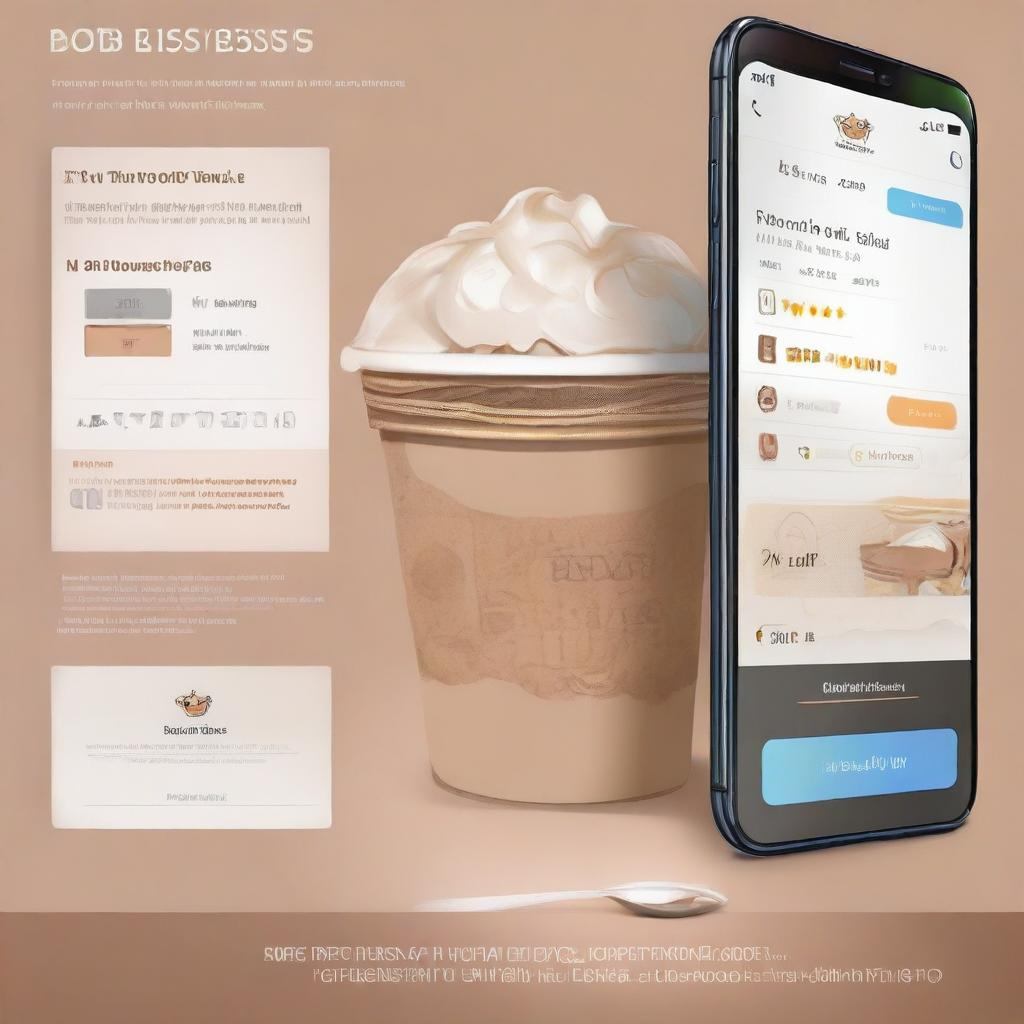

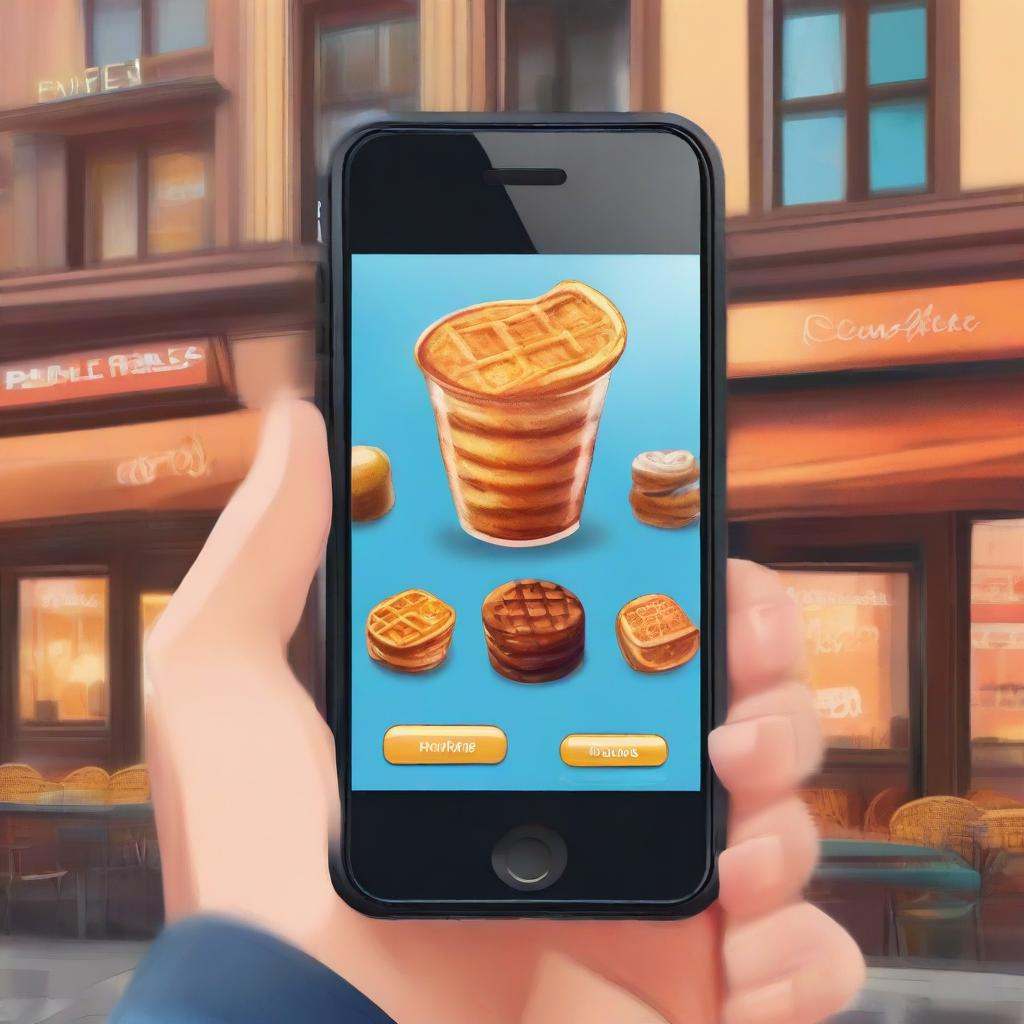
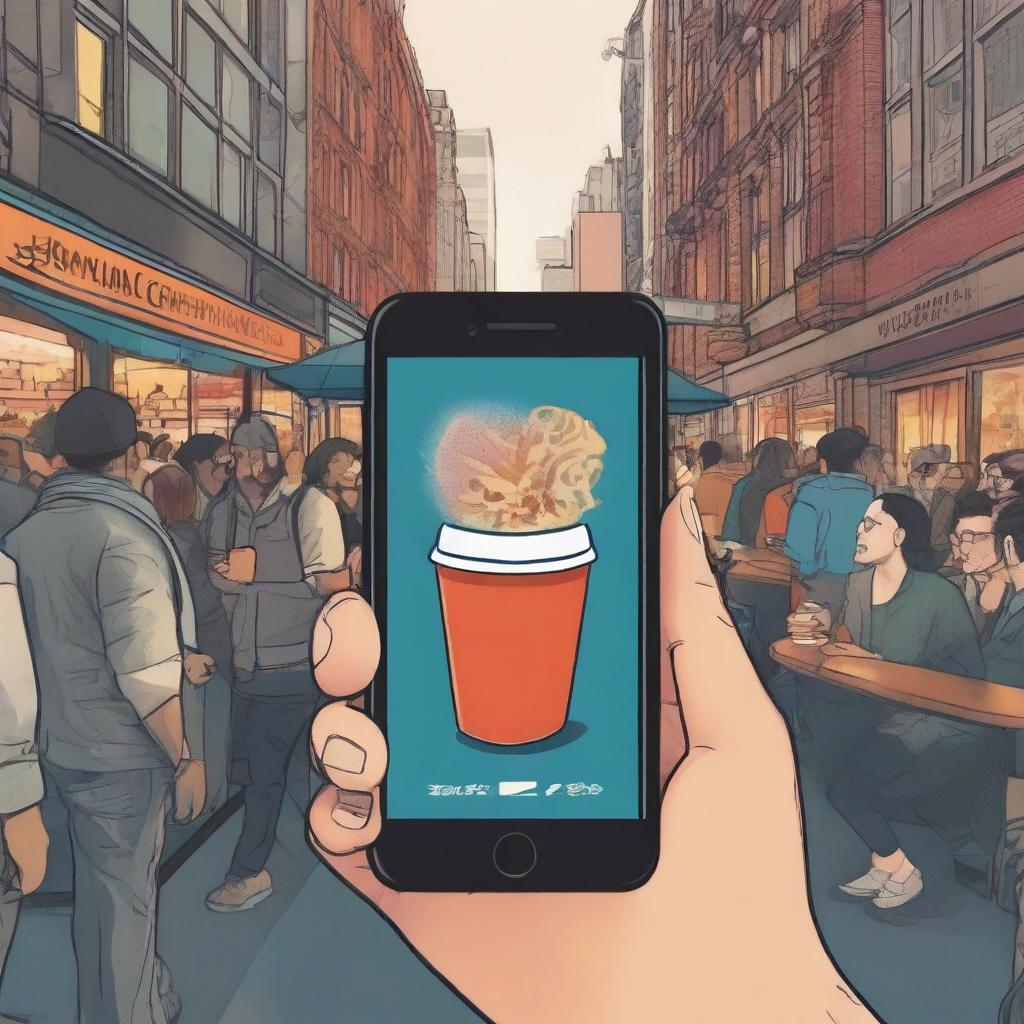
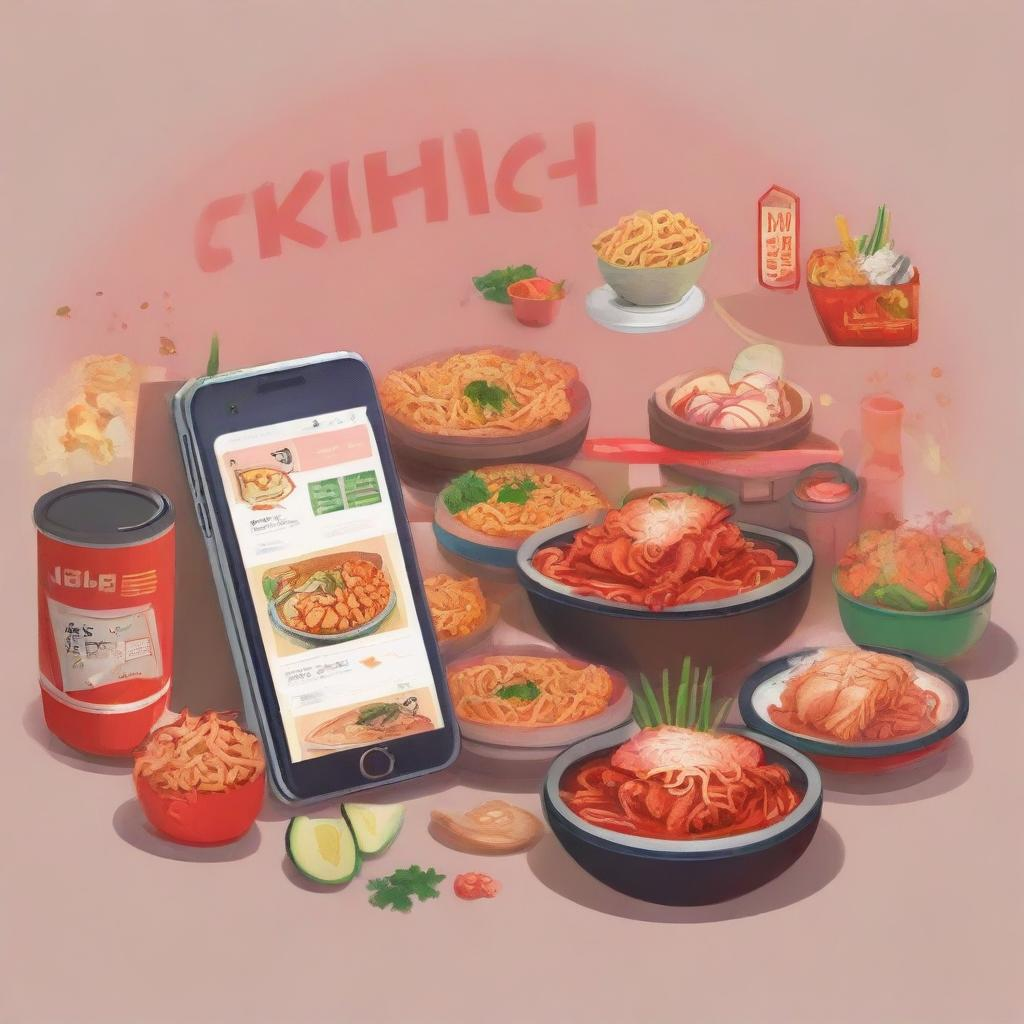
.png)
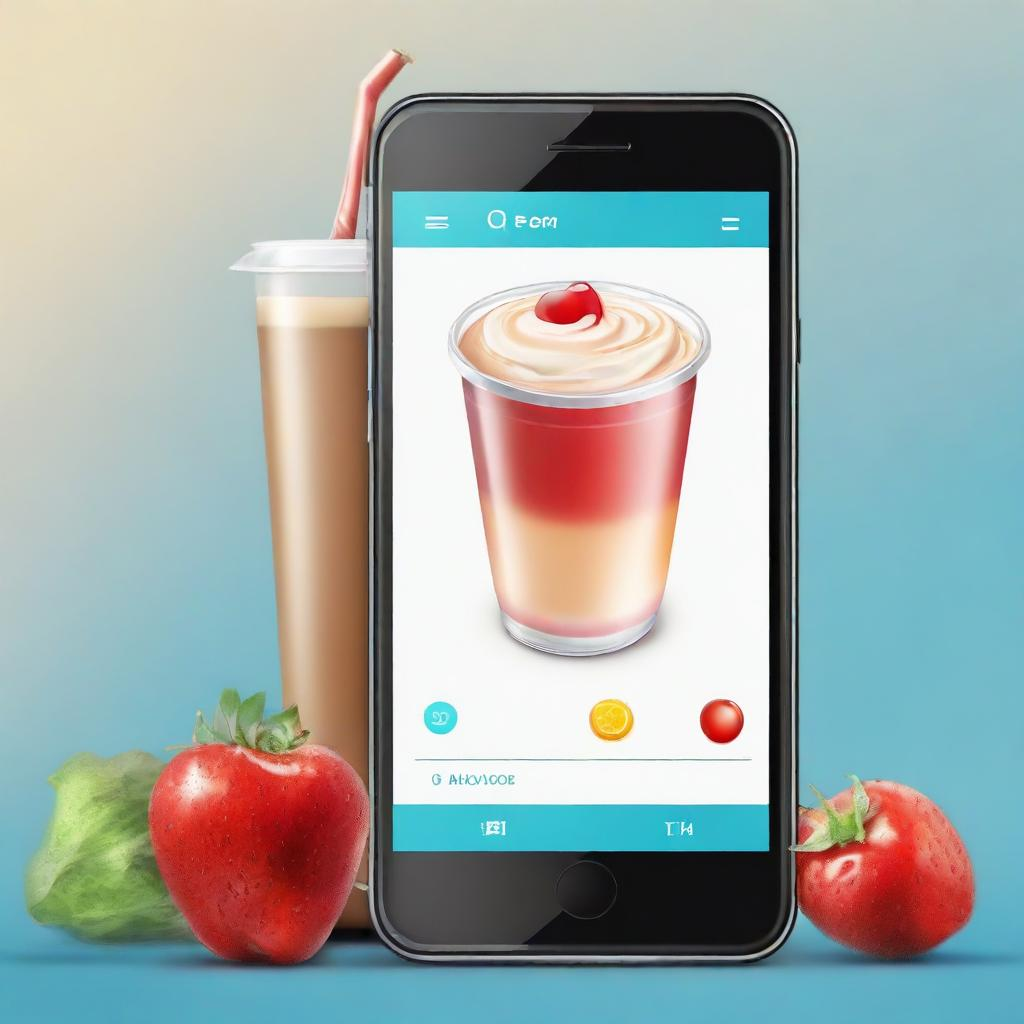
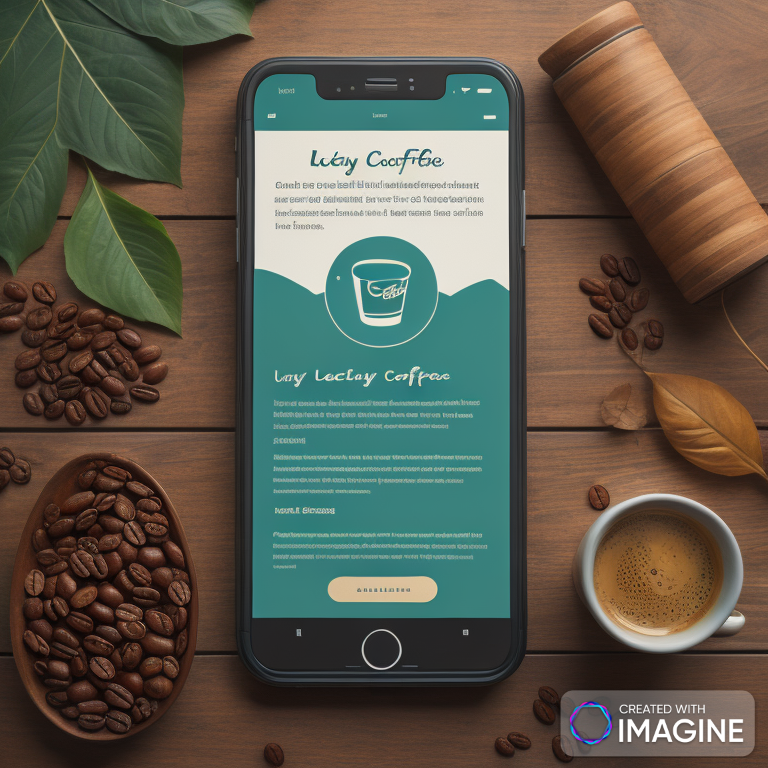
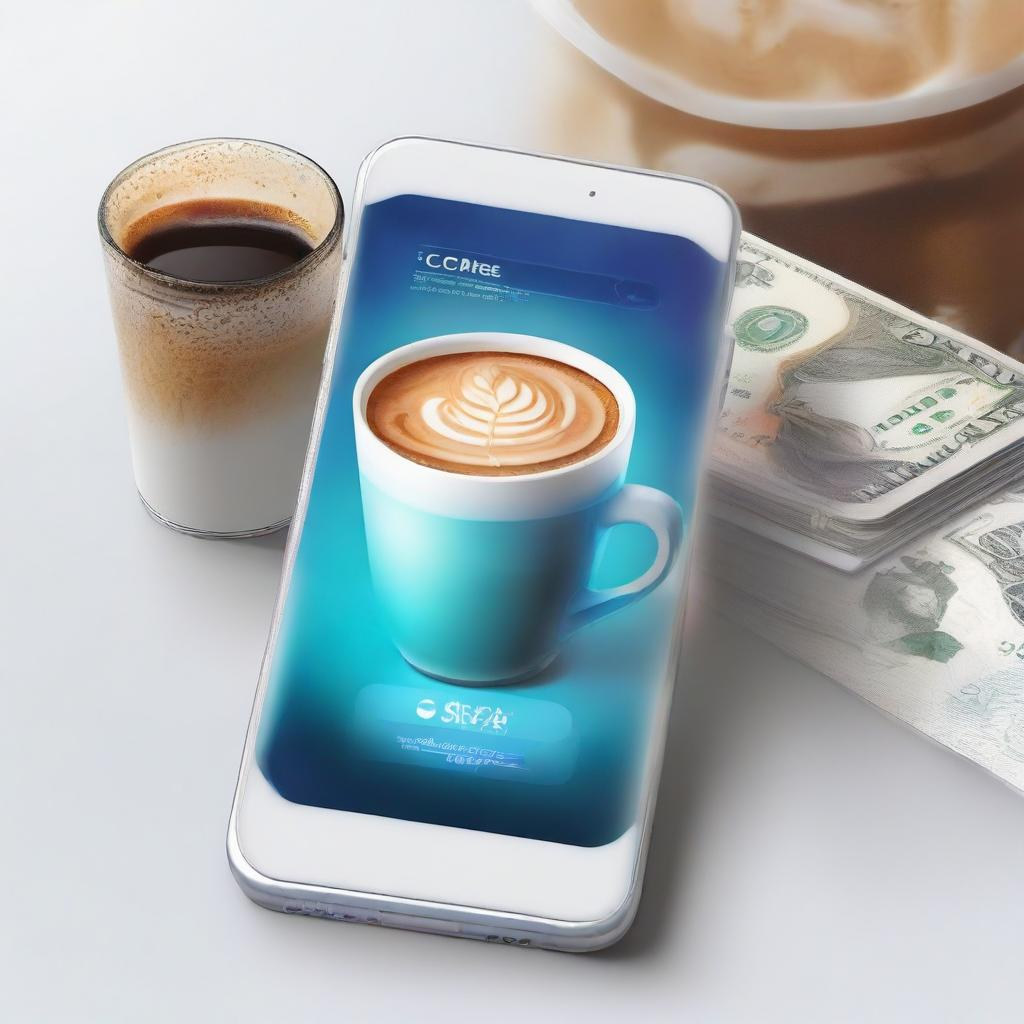




.webp)

